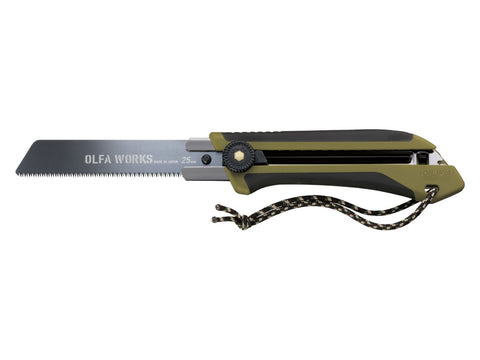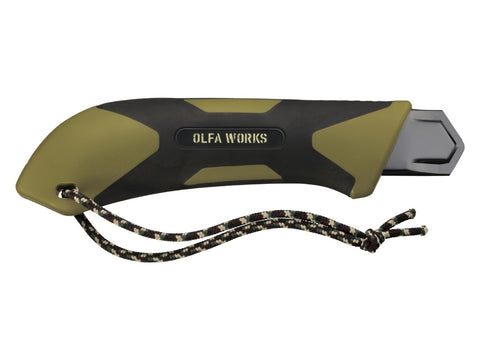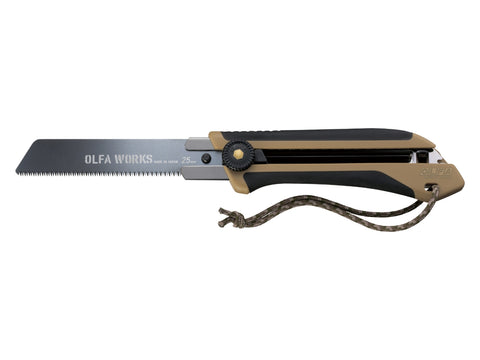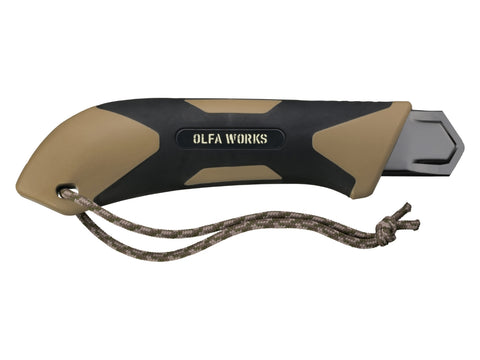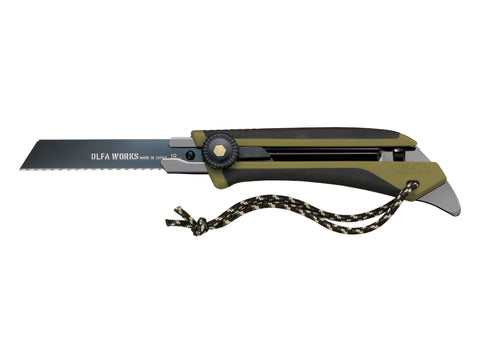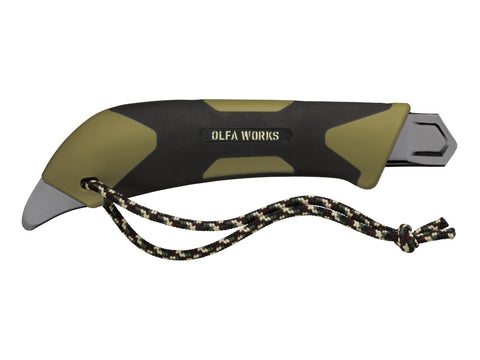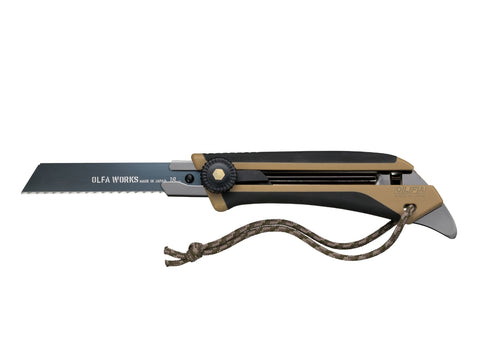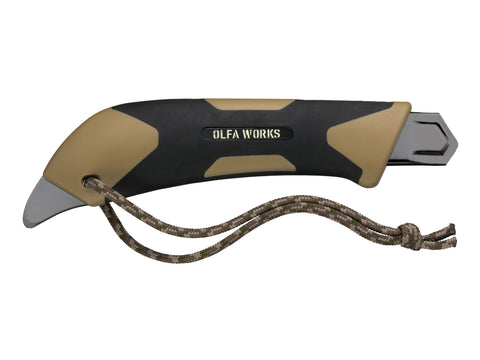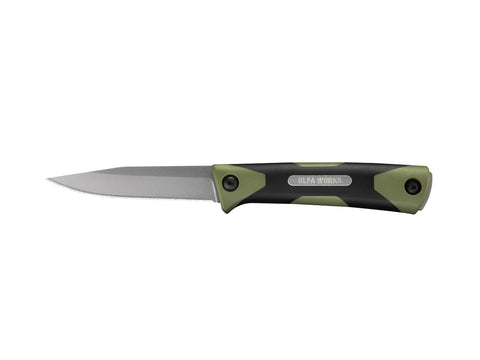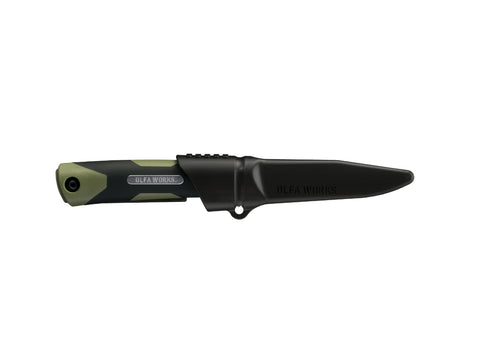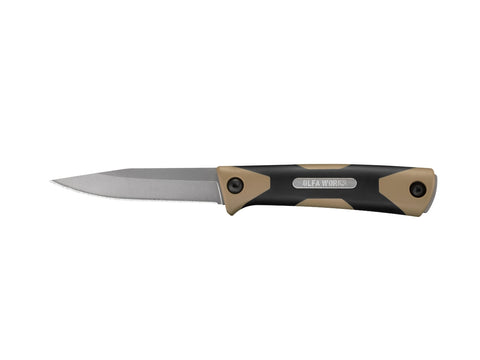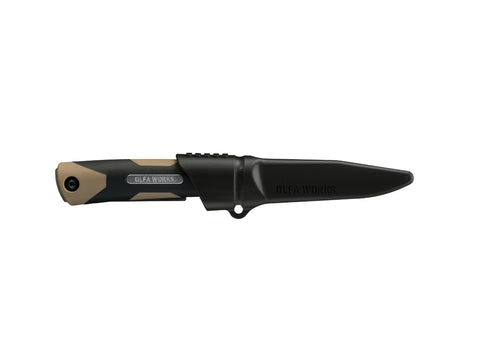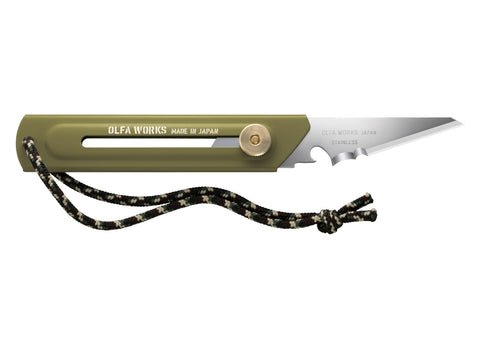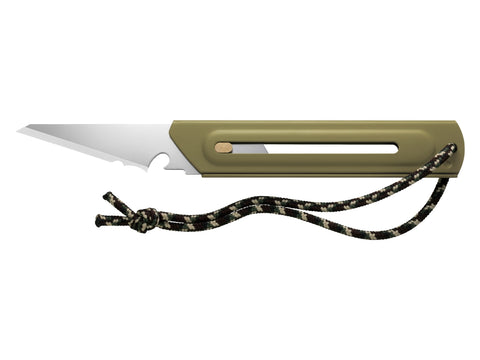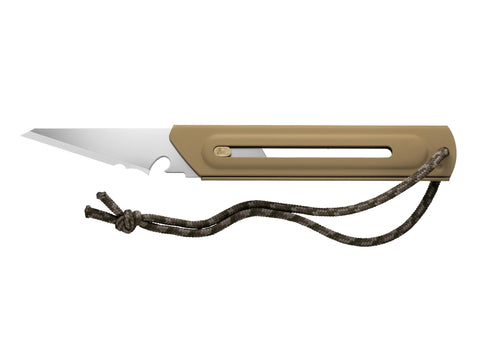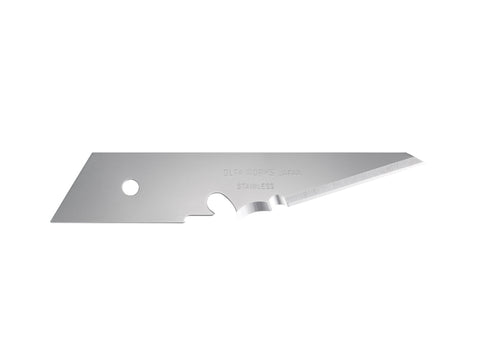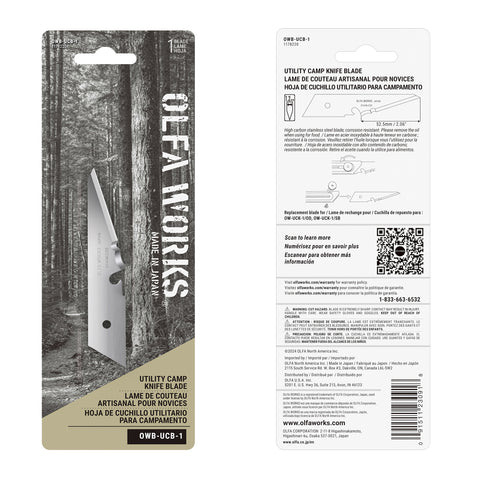Understanding Weather Safety Conditions
Knowing how to read a forecast, recognize warning signs, and respond to sudden changes can make the difference between a safe, enjoyable trip and a dangerous situation.
--------------------

When you head out for a camping trip or a day on the water, you probably imagine sunny skies, calm breezes, and a perfect backdrop for adventure. But weather outdoors can change quickly — sometimes within minutes — and those changes can mean more than a minor inconvenience. Understand what to check before you leave, how to stay safe if the weather turns, and when it’s best to postpone your adventure.
Understanding the forecast before you go is an essential part of exploring the outdoors. A fun trip starts with a good weather check. Don’t just glance at the temperature, look deeper. Review the temperature (including “feels like” for wind chill or heat index), precipitation chance and type (rain, snow, sleet, etc.), as well as wind speed and direction (important for canoeing and campfire safety). If you’re planning on camping for several days, look at the long-range forecast. Radar maps allow you to see approaching systems. Note sunrise and sunset times for planning activities, especially hiking long trails or paddling to a campsite. It’s easy to get lost in the dark. Use multiple sources to check the weather. A weather app with radar, NOAA Weather Radio, and local forecasts each can show details the others may miss.
Here are some important weather terms to know. An ‘advisory’ means that conditions may cause inconvenience but aren’t immediately dangerous. A ‘watch’ means conditions are favorable for severe weather. Be alert. ‘Warning’ means that severe weather is happening or imminent. Take action now! If severe weather warnings are issued for your area before you leave, reschedule your trip. The outdoors will still be there tomorrow.
When weather hazards appear, these are ways to respond. If you can hear thunder, you’re within lightning strike range. Seek shelter. A hard-roofed vehicle or sturdy building are your best choices. Tents, under trees, or picnic pavilions are unsafe. If you’re on water, get to shore immediately, move away from open spaces and trees, and crouch low if no shelter is available. Avoid camping in low spots, dry creek beds, or near riverbanks prone to sudden rises and flash floods. If you’re hiking, move to higher ground as quickly as you can if water rises or if you hear roaring water nearby. Avoid walking or driving through floodwaters. Just six inches can knock you down, and twelve inches can sweep away a vehicle. Signs of a tornado include a dark, greenish sky, large hail, and a loud, freight-train-like roar. In a campground, head to a designated storm shelter or sturdy building. On water or a trail, seek a low-lying area (but avoid flood-prone spots), lie flat, and cover your head. Derechos and high winds are as dangerous as a tornado. Derechos are fast-moving lines of severe thunderstorms that produce extreme wind gusts. You’ve probably heard of blowdowns in forests that are caused by them. If camping, drop tents, secure your gear, and shelter away from trees so they don’t fall on you. On water, get ashore as quickly as possible and seek a windbreak, such as a group of large rocks.

Extreme heat is as dangerous as other storm conditions. If you expect heat, plan physical activity for early morning or late evening. Drink plenty of water, wear light-colored, loose clothing, and a hat. Desert places, such as Death Valley National Park, have guidelines for how much water you should drink and how much you should carry in your car, even in winter. Get familiar with heat illness signs. Heat exhaustion is indicated by heavy sweating, dizziness, and nausea. Heat stroke which is different includes confusion, no sweating, and high body temperature. Call 911 immediately!
Wildfire smoke has been in the news the last few years and is also a dangerous weather condition that you should try to avoid. Check the Air Quality Index (AQI) before leaving. AQI 101–150: Sensitive groups should limit outdoor activity. AQI 151–200: Everyone should limit strenuous activity. AQI above 200: Avoid being outdoors if possible. Smoke can reduce visibility and make paddling or hiking more hazardous. Wear an N95 mask in severe smoke conditions. Using eye drops and nasal sprays will help keep you comfortable.

Even with a clear forecast, conditions can shift quickly. Stay alert to changes. Sudden temperature drops, darkening skies or “shelf clouds” indicating a storm front, gusty winds that pick up rapidly, distant thunder, a shift in wind direction or speed are signs that the weather is changing. If you see these signs, cut activities short and seek shelter before conditions worsen. Always be prepared for weather changes. Pack items that can help you react quickly if you need to. A NOAA weather radio (battery or crank-powered), waterproof map and compass, lightweight tarp and rope for a quick shelter, a first aid kit with instant cold/hot packs, N95 masks for smoke events, emergency whistle and signal mirror should be part of your pack, even if you’re going for a short hike.
Sometimes, the safest choice is to reschedule. Pay attention to tornado or severe thunderstorm watches and warnings for the area you are planning to be in. Check flood warnings that may affect your route or campground. High winds (over 20–25 mph) if paddling or camping in exposed areas are good reasons to stay home.
Boaters and canoeists should do extra checks before they launch. Check the wind speed and direction. Winds over 15–20 mph can make paddling difficult or dangerous, especially on open water. Look for small craft advisories issued by the National Weather Service when winds and waves make conditions hazardous for smaller vessels. Watch for rapidly changing forecasts. Storms can build fast over lakes and rivers, so use radar to see what’s coming from upwind. Note the water temperature. Even if the air is warm, cold water can cause hypothermia in minutes if you capsize. Identify safe exit points on your map. Mark potential pull-outs along your route in case you need to get off the water quickly.
Be aware while on the water. Scan the horizon frequently. Dark clouds, a lowering cloud base, or a sudden “wall” of rain indicate storms approaching. Feel for changes such as a sudden shift in wind or drop in temperature that can mean a storm front is arriving. Watch the wave patterns. Choppier water and whitecaps can signal increasing wind and riskier paddling. If a storm approaches, get to shore immediately. Choose the nearest safe landing, even if it’s not your planned stop. Secure your boat by pulling it above the high-water mark and tying it to something sturdy. You want to avoid open water because lightning strikes are more dangerous when you’re the tallest point on a flat surface. Find someplace safe to shelter. If a solid building or vehicle is nearby, use that. If unavailable, dense forest away from tall, isolated trees or open clearings are your next best choice. Stay low if caught in an open area by crouching down with feet close together, minimize contact with the ground, and avoid metal paddles or gear.
Paddlers have special hazards that hikers don’t. Get off the water well before the storm reaches you. If you hear thunder, you’re already at risk because lightning is imminent. High winds or a derecho have strong crosswinds that can capsize canoes or make steering nearly impossible. Land before winds exceed your handling ability. Heavy rain upstream can dramatically increase river flow and sweep away boats and gear. Fog reduces visibility, making navigation and avoiding hazards difficult. Stay close to shore and keep your whistle handy. Plan ahead for weather emergencies by carrying a waterproof VHF radio or weather-alert radio, a brightly colored dry bag with essentials (whistle, mirror, flashlight), extra rope or line for a quick tie-up, PFD (worn at all times), and a spare paddle.
During a bad storm, someone may get injured. Follow these steps to get everyone back home. Get out of danger first. Don’t treat injuries in the middle of an unsafe situation (lightning overhead, flooding waters rising, or trees falling). Move to the safest possible location nearby — higher ground if flooding, lower ground if lightning, away from trees in high wind. Shelter if possible. A tarp rigged low, a natural overhang, or even dense brush is better than being fully exposed. Assess the injury but check for life-threatening conditions first. These include severe bleeding, breathing or airway problems, unresponsiveness, suspected head, neck, or back injuries. Use basic first aid principles. Apply direct pressure to bleeding wounds. Keep the injured person warm, still and calm. Elevate legs if showing signs of shock (pale, clammy, rapid breathing). Treat what you can safely. For bleeding, use a clean cloth, bandage, or even clothing to apply firm pressure. Immobilize sprains and fractures with splints, tree branches, or paddles while avoiding unnecessary movement. For hypothermia risk (common in storms with rain + wind), get the person into dry clothing or a sleeping bag and insulate from the ground. Heat-related illness (if a storm comes during a heatwave) need you to cool down the person with wet cloths, shade, and water if available.
Signal for help if it’s needed by using a whistle (three blasts = distress signal), or a signal mirror or flashlight if visibility improves. Try your phone or radio if in service range. However, texting often works better than calling in poor reception. If in a group, send two people together to seek help, never just one person. Stay put if the storm is ongoing and moving is unsafe. Focus on shelter, warmth, and stabilizing the injured person. Evacuate once the immediate danger passes, or if injuries are serious (broken bones, head injury, uncontrolled bleeding). You can also evacuate if you are close enough to a trailhead, road, or ranger station, the weather is clearing, and conditions allow for safe movement.
Weather or not, it’s always good to be prepared. Carry a first aid kit appropriate for wilderness travel. Learn basic wilderness first aid. Courses are widely available through camping stores, the Red Cross, or even your local fire and police station. Always let someone know your route and return time so help can be sent if you don’t check in. A simple rule to remember - in a storm or in an injury situation, survival comes in layers. Protect from weather first, stabilize the injury second, get help as soon as possible.
Weather safety isn’t about being afraid of the outdoors — it’s about respecting nature’s power and being ready to adapt.
By understanding the forecast, staying aware of changing conditions, and knowing how to respond in an emergency, you’ll be better equipped to enjoy your trip and protect yourself and your companions. A little preparation can mean the difference between a great memory and a dangerous experience. The weather may be unpredictable, but your safety doesn’t have to be.
For more camping tips and outdoor inspiration, read our blog and join the adventure. Always remember to pack your OLFA Works tool kit – you’ll regret leaving them at home if you don’t.

